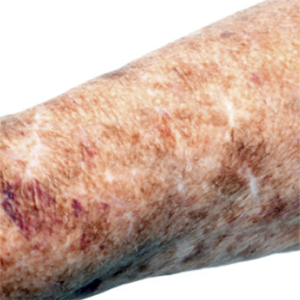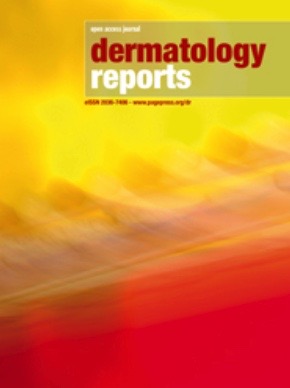Attitudes among dermatologists regarding actinic keratosis treatment options

All claims expressed in this article are solely those of the authors and do not necessarily represent those of their affiliated organizations, or those of the publisher, the editors and the reviewers. Any product that may be evaluated in this article or claim that may be made by its manufacturer is not guaranteed or endorsed by the publisher.
Authors
Actinic keratosis (AK) is considered a precancerous lesion that can develop into invasive squamous cell carcinoma. Its prevalence is increasing, and it is estimated that it affects between 1% and 44% of the adult population worldwide. Advanced age, fair skin phototypes, and cumulative sun exposure are the main risk factors for AK. Therapies for AK consists of lesion-directed treatment (i.e., cryotherapy, curettage, electrocoagulation, and laser therapy) or field therapy [i.e., photodynamic therapy (PDT), 5-fluorouracil (5-FU), diclofenac sodium (DIC), imiquimod (IMQ), and ingenol mebutate (Ing Meb)]. The type of therapy chosen is determined by the number and location of AKs, the patient’s condition, and the patient’s tolerability and compliance. In this survey, we collected information from 110 Italian dermatologists about their knowledge and attitudes toward various AK therapeutic approaches. In our study, we discovered that cryotherapy and PDT are the most used treatments for AK, while surgery and laser therapy are the least commonly used. The most commonly used topical therapies are DIC and IMQ 3.75 percent cream, followed by IMQ 5 percent cream, Ing Meb, and 5-FU. The correct treatment for AK can be difficult to choose, but adherence to therapy is critical for good results. Given the high and continuing rise in the incidence of AK, dermatologists’ knowledge of various therapeutic approaches is critical.








